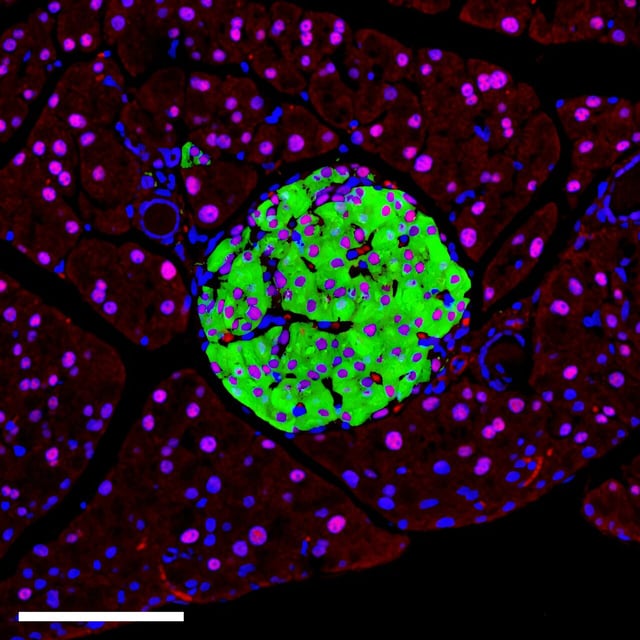Overview
- Mutations in HNF1A collapse its direct target A1CF in β-cells, triggering 1,900–2,300 RNA splicing errors that weaken insulin secretion.
- Analysis of diabetic donors reveals an eightfold increase in low-functioning β-cells compared with healthy controls, linking HNF1A variants to widespread cellular failure.
- The study establishes an RNA splicing defect as a repairable mechanism distinct from conventional glucose-lowering therapies.
- Scientists at the Centre for Genomic Regulation and partners have initiated drug discovery campaigns to correct RNA abnormalities and restore β-cell function.
- The research team is compiling a comprehensive genetic ‘chain of command’ parts list to identify practical protein and RNA targets for future β-cell treatments.
